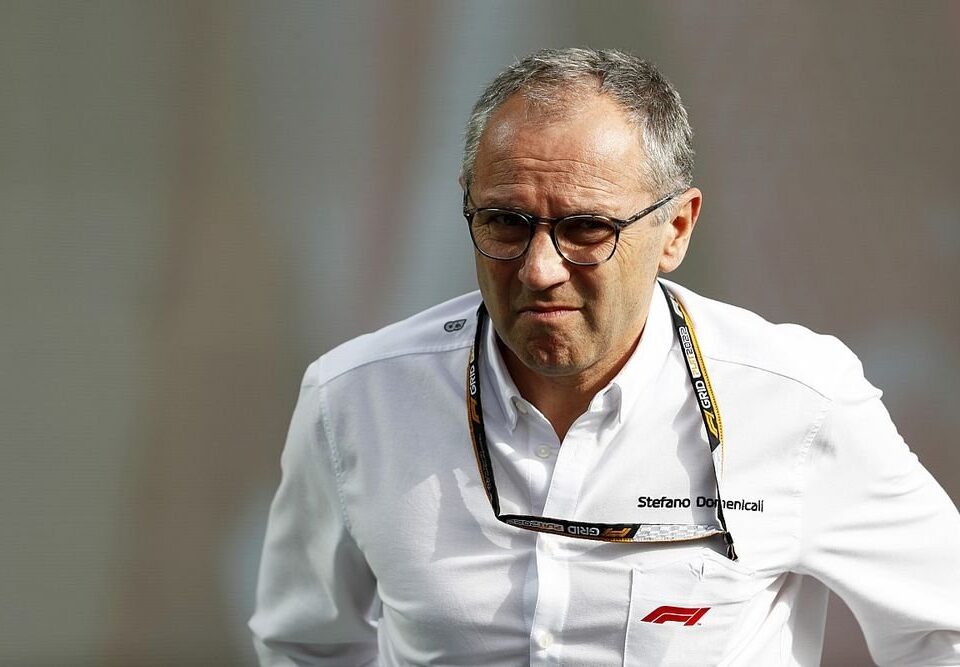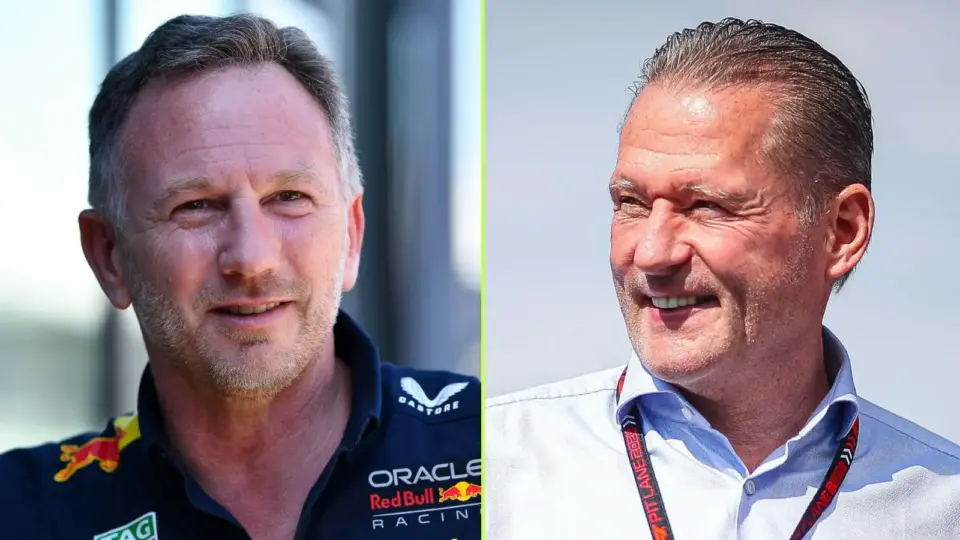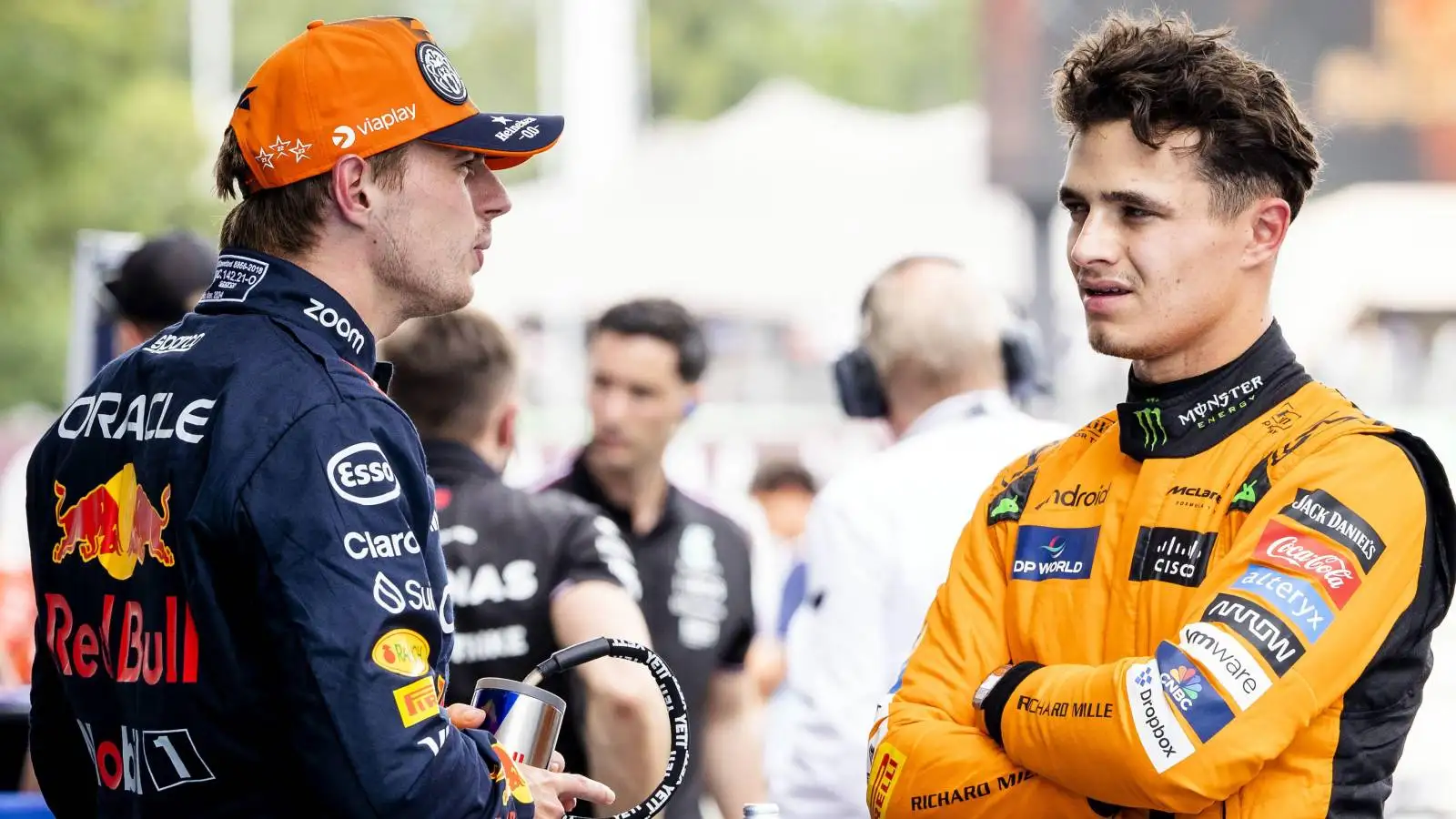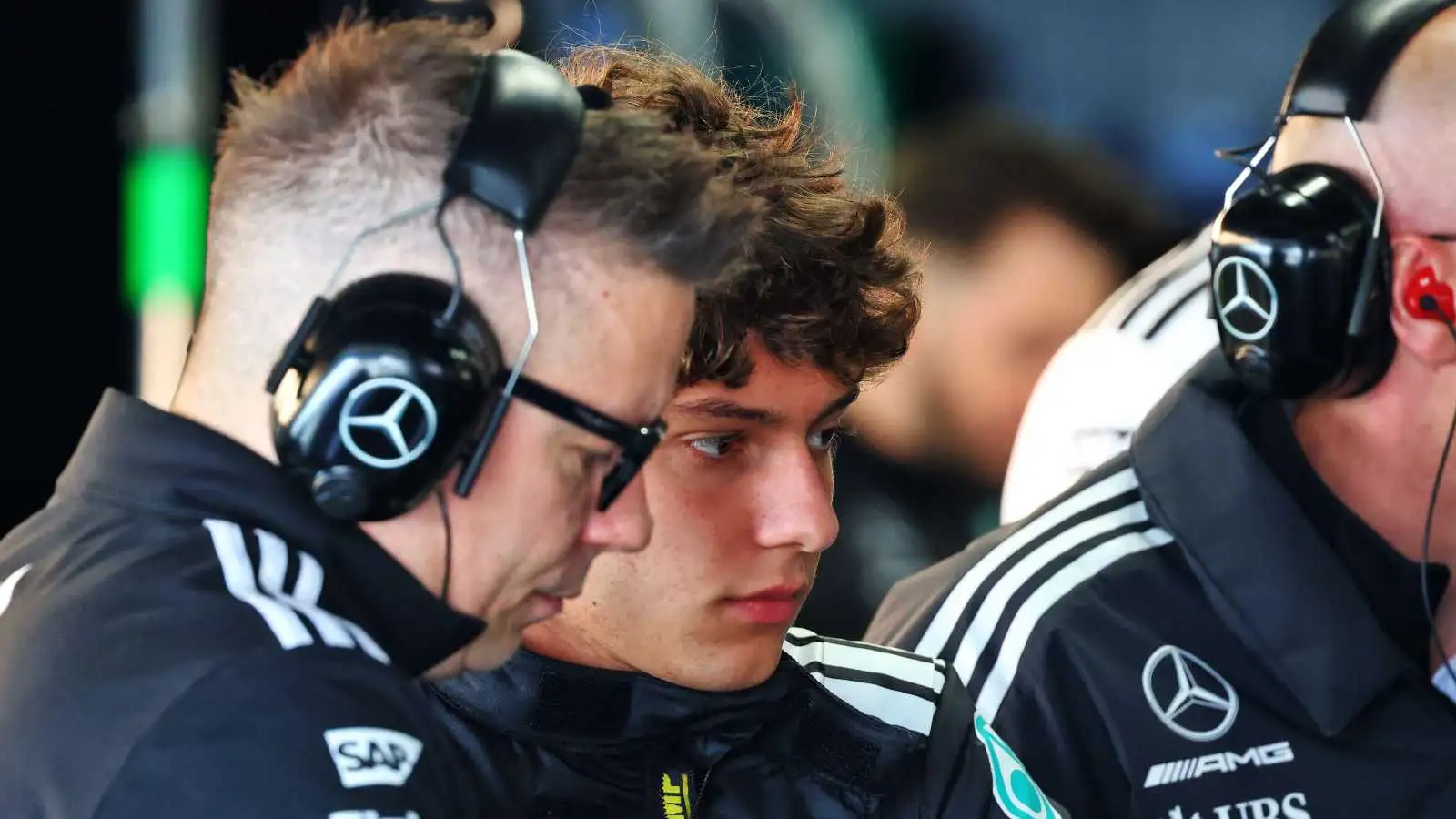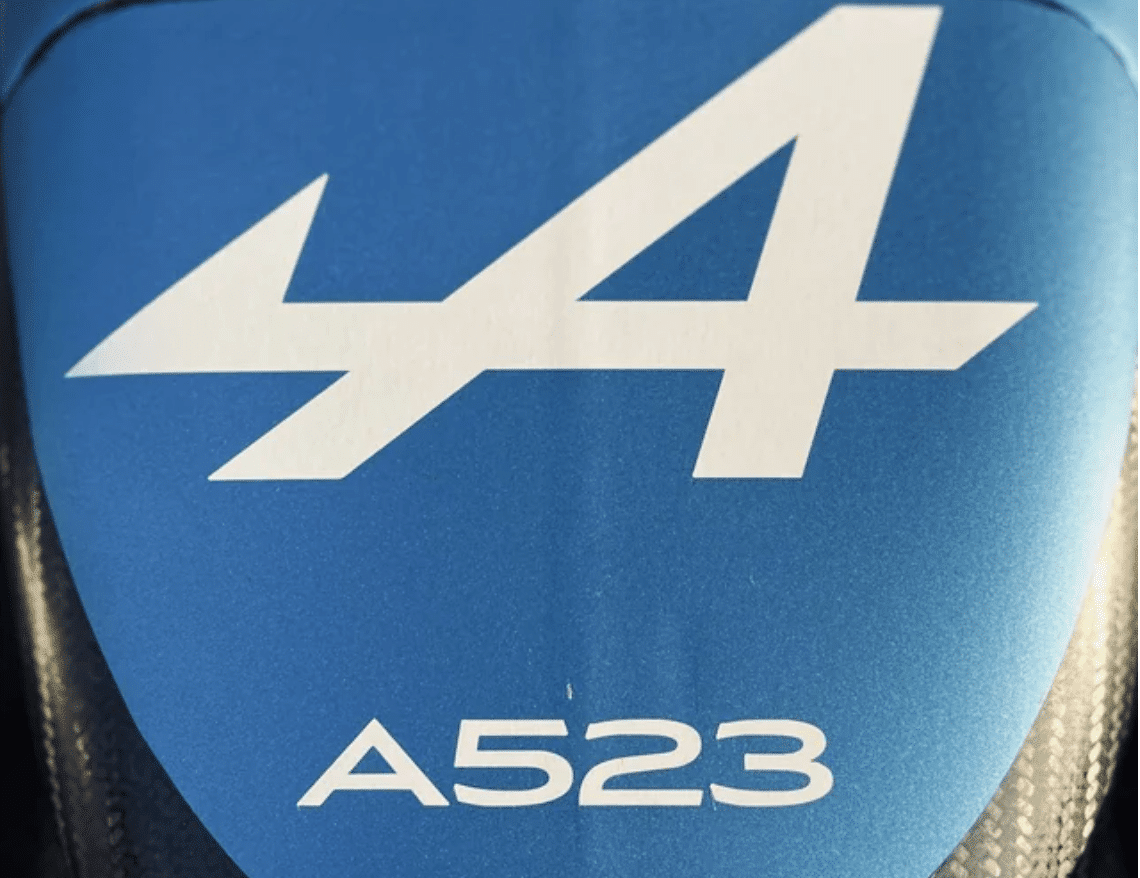The rules in Formula One have evolved significantly since the sport’s inaugural season in 1950. Back then, the regulations were straightforward: no supercharged car could exceed 1.5-liter engines, while non-supercharged cars were limited to 3-liter engines. Fast forward 25 years, and each team now has its own rules specialist to navigate the complex web of regulations that govern the sport. One glaringly outdated rule came into focus during the recent Monaco Grand Prix. The race saw minimal overtaking, with the top ten starters finishing in their original positions. This lack of action prompted calls for a change to the red flag rule, which currently allows teams to repair their cars and change tires during red flag conditions.
Monaco’s unique track layout makes overtaking almost impossible for today’s larger F1 cars. The issue was exacerbated when a red flag was waved before the end of the first lap, allowing drivers to make their mandatory pit stop while waiting for the race to restart. This led to drivers like Charles Leclerc driving cautiously to preserve their tires for the remaining 75 laps. Stefano Domenicali, F1’s chief, acknowledged the problem, stating that the current rules are too complicated and need to be updated. The idea of transforming the Monaco GP into an exhibition event has been floated, but for now, changes to the race regulations seem to be the most immediate solution.
The Complexity of Modern F1 Regulations
Formula One has come a long way from its early days when the rules were relatively simple. Back in the 1950s, teams had to design cars with engine capacities that met straightforward guidelines: no supercharged car could exceed 1.5 liters, whereas non-supercharged cars were limited to 3 liters. Nowadays, each team employs a dedicated rules specialist to navigate the labyrinth of contemporary regulations. The increasing complexity is evident; it once allowed for easy monitoring, but now F1’s rulebook is a hefty document with nuanced stipulations that can be challenging even for seasoned experts to interpret.
The intricacies of these regulations recently came under scrutiny during the Monaco Grand Prix. The variance in rule application is frustrating for fans and teams alike. An example is Sergio Perez’s three-grid drop penalty for driving a ‘dangerous’ car back to the garage, contrasting with past instances where other drivers, like Fernando Alonso, faced no repercussions for arguably similar infractions. Former Ferrari boss Stefano Domenicali has highlighted that the rules, especially those applied during competitive scenarios, have become overwhelmingly complicated, making it difficult for even the stewards to remain consistent.
Monaco GP: A Race in Need of Regulation Overhaul
The Monaco Grand Prix, renowned for its challenging circuit and glamorous setting, is a hot topic when it comes to F1 regulations. The race is notorious for limited overtaking opportunities, a problem exacerbated by modern, larger F1 cars, making the event often less exciting than anticipated. This year’s race amplified calls for a rule change, especially concerning the red flag rule that allows teams to change tires and repair cars during stoppage. With a red flag waved before the end of the first lap, drivers could make their mandatory pit stop while waiting for the race to restart, negating the need for further strategic pit stops and leading to a rather processional affair.
Charles Leclerc exemplified this issue when he drove conservatively to preserve his tires for the remaining 75 laps, aiming to avoid any additional pit stops. The lack of competitive action during the race led to widespread disappointment among fans. F1 chief Stefano Domenicali acknowledged the need for change, pointing out that the current setup fails to deliver the excitement fans expect. Proposals to transform Monaco GP into an exhibition event or modify the red flag rule to enforce mandatory pit stops during green flag periods are among the suggested solutions to revitalize the race.
Proposals and Future Changes
Various ideas have surfaced to address the issues plaguing the Monaco Grand Prix and the broader F1 regulation framework. One such idea is converting the Monaco GP into an exhibition race, a proposition that has been debated for years. An exhibition race would maintain the glamour and allure of Monaco without the expectation of competitive racing, potentially making it a more enjoyable spectacle for fans and participants alike. Others have suggested incorporating two sprint races instead of a single Grand Prix, which could offer more dynamic and unpredictable racing action.
Another significant proposal is changing the red flag rule to avoid scenarios like this year’s Monaco GP. The suggested change would require teams to make one or two mandatory pit stops during green flag conditions, regardless of any red flags and subsequent tire changes that occur. This adjustment aims to reintroduce strategic elements into the race, enhancing the excitement and unpredictability that fans crave. Although the introduction of ‘nimble’ cars in 2026 promises to address some issues, their slightly smaller dimensions may not be enough to make a substantial difference at tracks like Monaco.
The Domenicali Perspective
Stefano Domenicali has been vocal about the need for regulatory updates in Formula One. He emphasizes that both the technical and sporting regulations have grown too intricate, often leaving even experienced teams and stewards puzzled. “The track is what it is, our cars are what they are, and it is almost impossible to overtake. But when there are pit stops during the race, there is also action,” Domenicali stated, highlighting the importance of maintaining excitement through strategic pit stops in races.
Domenicali’s perspective is not just limited to Monaco but extends to other inconsistencies in the application of F1 rules. He pointed out how certain penalties seem arbitrary and disproportionately applied, creating confusion and frustration among teams and fans. This complexity, he argues, detracts from the sport’s appeal and underscores the urgent need for a comprehensive review and simplification of F1 regulations to keep the competition fair and engaging.
The Future of Monaco GP and F1 Regulations
Looking forward, the future of both the Monaco Grand Prix and the overarching F1 regulations is poised for significant changes. The introduction of ‘nimble’ cars in 2026, though a welcomed development, may not entirely solve the overtaking issue posed by the unique Monaco track. However, other proposed regulatory changes could significantly impact the race dynamics. These include enforcing mandatory pit stops during green flag periods and potentially converting the Monaco GP into an exhibition event, which could redefine the race weekend’s format.
The debate around these changes underscores a broader conversation about the direction in which Formula One is heading. As the sport evolves, it must balance tradition with innovation, ensuring that historic races like Monaco remain relevant and thrilling. The ongoing dialogue among teams, fans, and governing bodies will play a crucial role in shaping the future of F1, aiming for a blend of excitement, fairness, and strategic depth that has characterized the pinnacle of motorsport.
The necessity to revisit and revise the regulations governing Formula One, particularly in the context of the Monaco Grand Prix, could not be more apparent. The race, often dubbed an ‘exhibition event’ due to its lack of competitive edge, highlights the urgent need for updates to the red flag rule and other regulations that have remained unchanged despite the evolving nature of the sport. By enforcing mandatory pit stops during green flag periods, the exciting element of strategic racing can be reintroduced, offering fans the thrilling experience they crave.
As F1 continues to grow and evolve, it must strike a balance between maintaining its historic roots and embracing necessary innovations. The introduction of more agile cars in 2026 aims to address some of the current challenges, but without a comprehensive review and overhaul of the existing rules, even these modifications might fall short. The dialogue initiated by figures like Stefano Domenicali and the varied proposals being put forth underscore the sport’s commitment to staying relevant and exciting in the modern era.
Ultimately, the future of Formula One lies in its ability to adapt and innovate while respecting the traditions that have made it one of the most beloved motorsports in the world. By addressing these regulatory issues, F1 can ensure that races like the Monaco Grand Prix remain not only a symbol of glamour but also a hallmark of thrilling, competitive racing.
